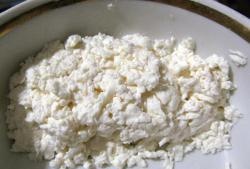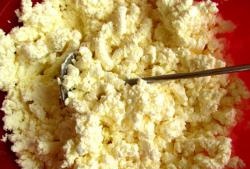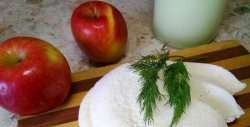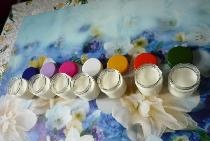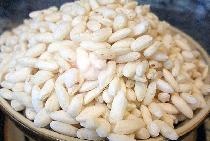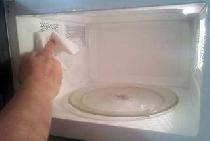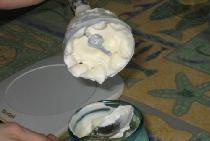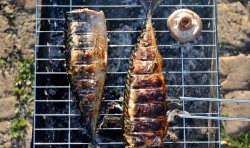Cooking homemade cottage cheese
As practice shows, most modern industrially produced products are of rather dubious quality. It’s especially offensive for those products that we are all accustomed to considering natural. These include cottage cheese, which is an excellent source of calcium needed by the body. That’s why I don’t really want to buy such an expensive product. It’s better to work for the benefit of your health and take the initiative into your own reliable hands. Moreover, making homemade cottage cheese is not at all difficult, but the result is much superior in quality and taste to the store-bought product.
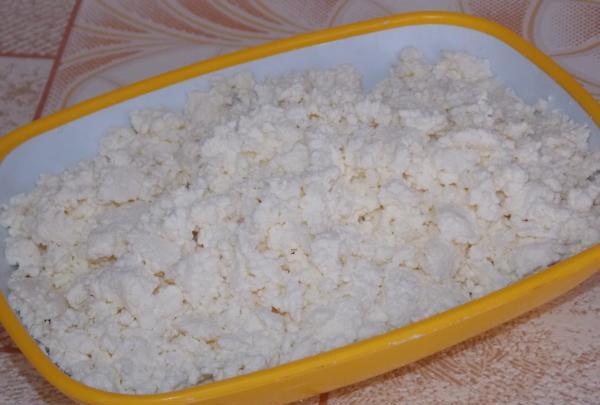
It can be prepared from kefir or sour milk, or from a mixture of both products. If milk has curdled when boiled, it can also make excellent curd.
To make cottage cheese at home, it is best to use natural homemade cow's milk. If this is not possible, then store-bought milk with a fat content of at least 3.2% is quite suitable. To obtain the final result of approximately 300 g of homemade cottage cheese, I needed 2 liters of milk.

The process of preparing this fermented milk product took me at most a third of an hour, but preparing for it took about two days.
So, let's get to work!
We pour the milk from the bags into a glass jar with a capacity of 3 liters - you can do 2, if you have one - and close the lid.
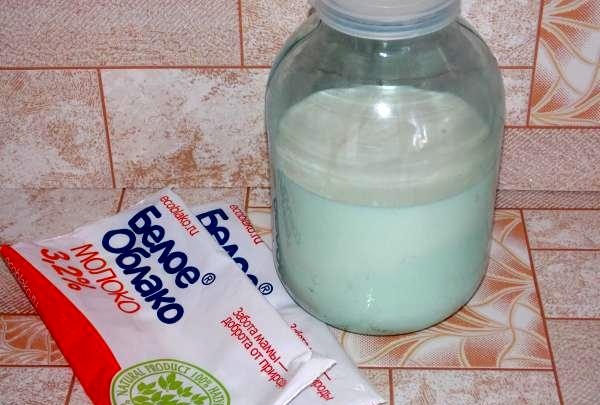
If possible, we place the filled vessel in a warmer place, but if this is not available, we simply leave it on the table or windowsill. After about a couple of days - maybe earlier - the milk will sour, as evidenced by the formation of two types of liquid of different consistency: translucent whey at the bottom of the jar and thick white yogurt on top.
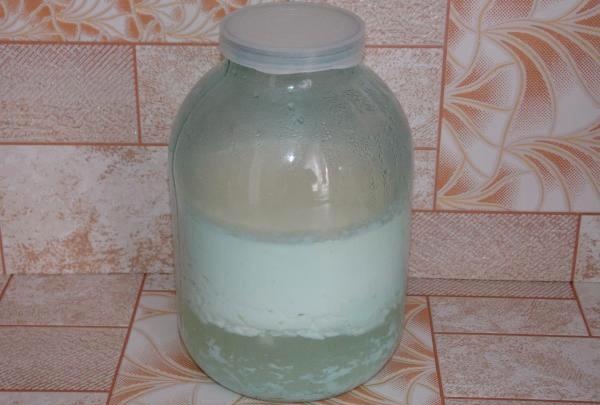
Now you can start making cottage cheese. To speed up the process of milk souring, you can add a glass of kefir or 100 g of sour cream, or a crust of rye bread to the jar. Then it won’t even take 2 days. At the bottom of the pan, the height of which should be slightly lower than the jar, place a napkin folded into 4 (at least) layers.
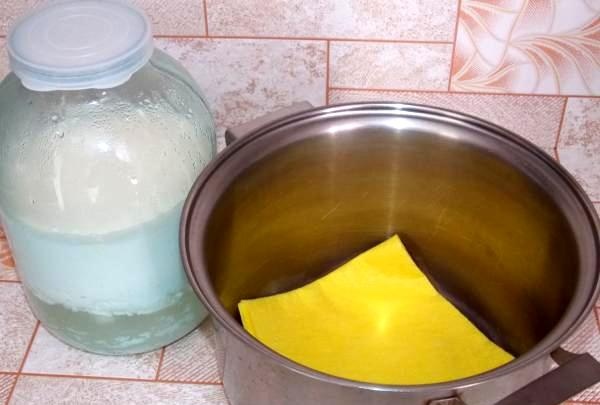
Place the jar in the pan, remove the lid, and pour cool water until the glass container is full.
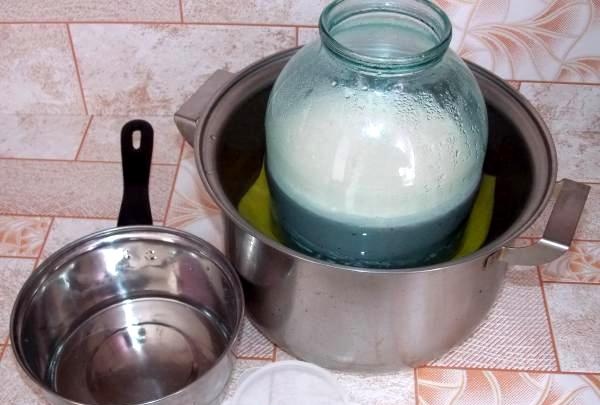
We put our structure on high heat, mix the contents of the jar and heat it up.
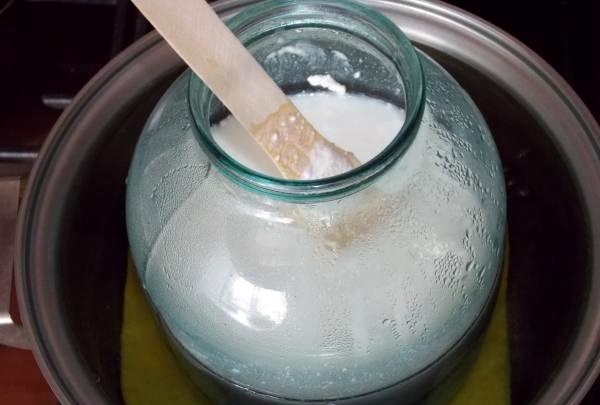
After the water boils, reduce the heat and after 5 minutes remove the jar from the pan. If you keep the curdled milk on the fire longer, the curd will turn out drier and not very tasty. Now the whey has acquired a cloudy yellowish tint, and the curdled milk has transformed into white cereal flakes.
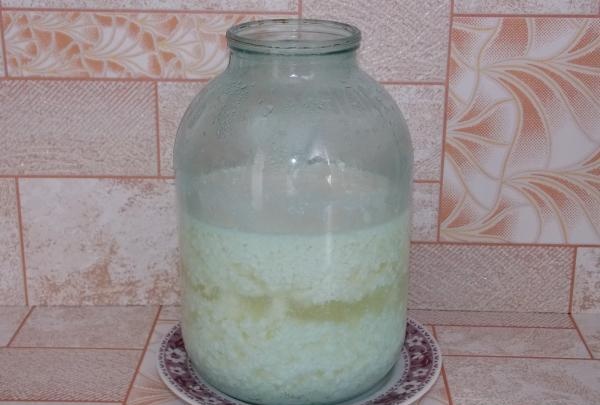
We take a second pan, place a colander on it, cover it with a double layer of gauze, and pour the contents of the jar into the prepared structure.
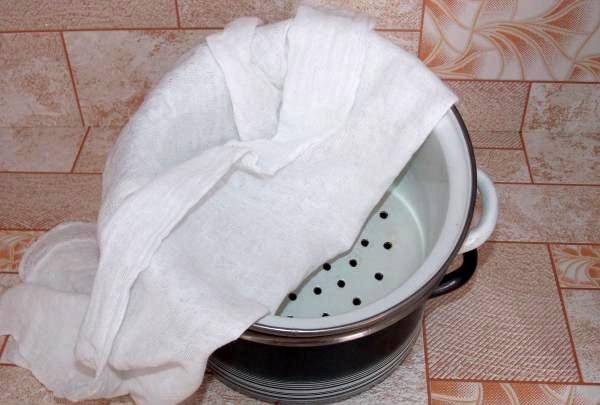

After letting the bulk of the whey drain into the pan, tie gauze into a knot and hang it somewhere until the moisture stops escaping from the curd.
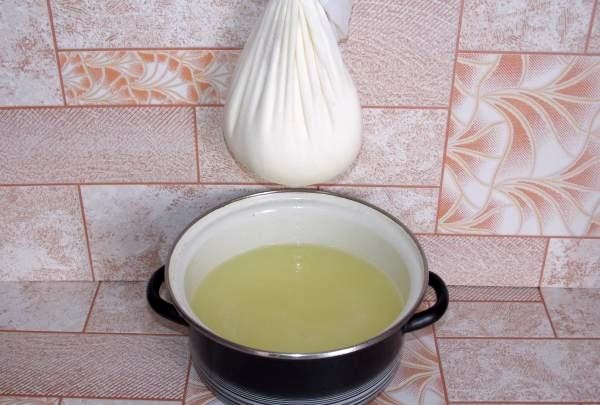
As a result of the manipulations with milk, we received more than a liter of whey and quite a decent amount of homemade soft curd.

All that remains is to season the finished product with sugar and sour cream, and begin the long-awaited enjoyment of its pleasant taste.
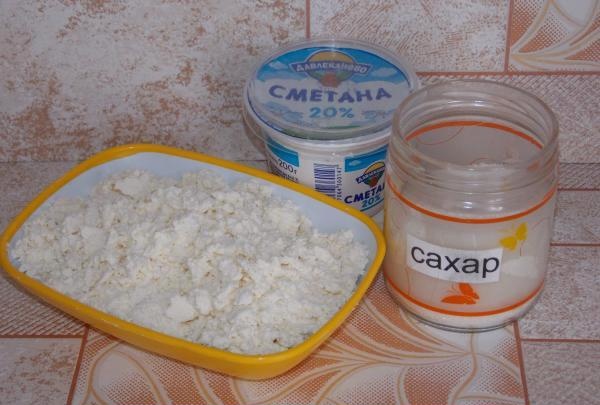
You shouldn’t rush to pour the serum into the sink. It is useful for preparing luxurious yeast or pancake dough, from which the baked goods turn out to be very fluffy and tasty.
Happy creativity!

It can be prepared from kefir or sour milk, or from a mixture of both products. If milk has curdled when boiled, it can also make excellent curd.
To make cottage cheese at home, it is best to use natural homemade cow's milk. If this is not possible, then store-bought milk with a fat content of at least 3.2% is quite suitable. To obtain the final result of approximately 300 g of homemade cottage cheese, I needed 2 liters of milk.

The process of preparing this fermented milk product took me at most a third of an hour, but preparing for it took about two days.
So, let's get to work!
We pour the milk from the bags into a glass jar with a capacity of 3 liters - you can do 2, if you have one - and close the lid.

If possible, we place the filled vessel in a warmer place, but if this is not available, we simply leave it on the table or windowsill. After about a couple of days - maybe earlier - the milk will sour, as evidenced by the formation of two types of liquid of different consistency: translucent whey at the bottom of the jar and thick white yogurt on top.

Now you can start making cottage cheese. To speed up the process of milk souring, you can add a glass of kefir or 100 g of sour cream, or a crust of rye bread to the jar. Then it won’t even take 2 days. At the bottom of the pan, the height of which should be slightly lower than the jar, place a napkin folded into 4 (at least) layers.

Place the jar in the pan, remove the lid, and pour cool water until the glass container is full.

We put our structure on high heat, mix the contents of the jar and heat it up.

After the water boils, reduce the heat and after 5 minutes remove the jar from the pan. If you keep the curdled milk on the fire longer, the curd will turn out drier and not very tasty. Now the whey has acquired a cloudy yellowish tint, and the curdled milk has transformed into white cereal flakes.

We take a second pan, place a colander on it, cover it with a double layer of gauze, and pour the contents of the jar into the prepared structure.


After letting the bulk of the whey drain into the pan, tie gauze into a knot and hang it somewhere until the moisture stops escaping from the curd.

As a result of the manipulations with milk, we received more than a liter of whey and quite a decent amount of homemade soft curd.

All that remains is to season the finished product with sugar and sour cream, and begin the long-awaited enjoyment of its pleasant taste.

You shouldn’t rush to pour the serum into the sink. It is useful for preparing luxurious yeast or pancake dough, from which the baked goods turn out to be very fluffy and tasty.
Happy creativity!
Similar master classes
Particularly interesting
Comments (3)

